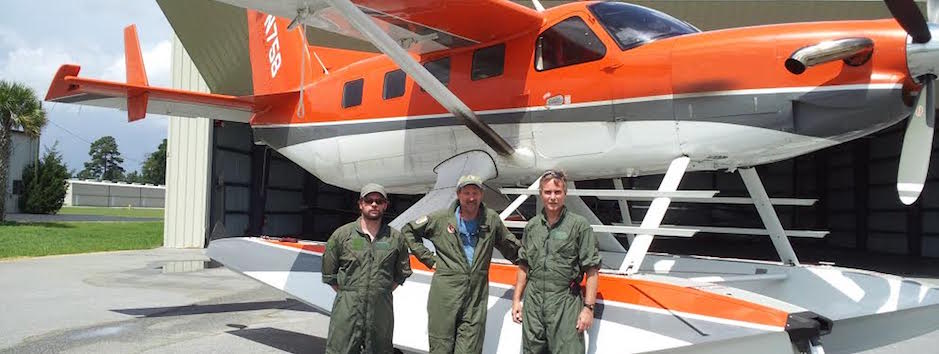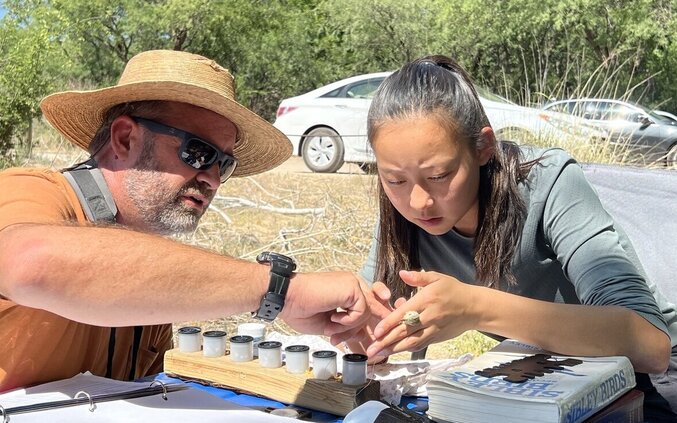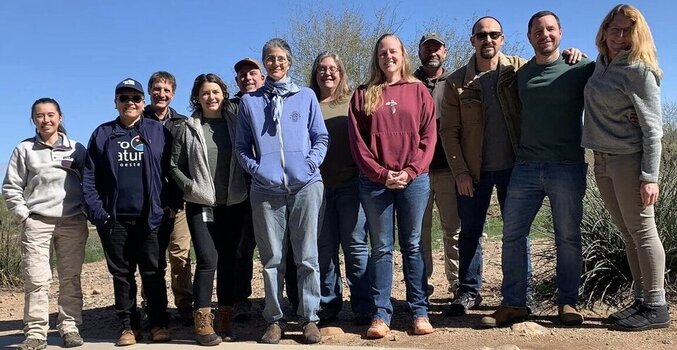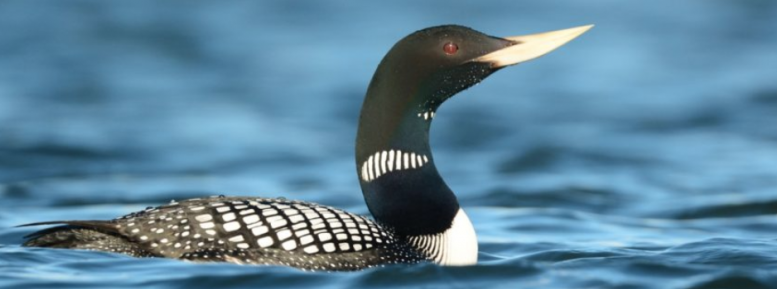The U.S. Fish & Wildlife Service’s (FWS) Migratory Bird Program is currently developing ProjectFlockTogether: an online crowdsourcing platform that will invite bird enthusiasts and citizen scientists to participate in important, cutting-edge conservation research.
Each year, the FWS conducts aerial visual surveys by flying small planes over North America’s wetlands and coasts, in order to monitor the populations of migratory birds. These monitoring projects directly inform species conservation and management plans. Survey data are collected by onboard observer biologists who identify and count birds in real time.
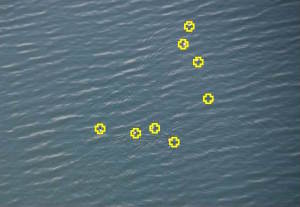
Volunteers first identify images that are “positive” for birds and then count them by “clicking” on individuals. Joe Evenson
Due to advances in digital photography, it is now possible to use high resolution digital imagery in conjunction with standard observer data. The 2011-2014 Sea Duck Aerial Survey Detectability Project, a collaboration of FWS, the Atlantic Marine Assessment Program for Protected Species, the Washington Department of Fish & Wildlife, and the Sea Duck Joint Venture, collected data using two observer biologists who identified and counted birds in real time, simultaneous with two cameras that took continuous photos.
The addition of digital imagery to survey flights will allow FWS to evaluate and improve the accuracy of survey methods and data. The challenge, however, is that even short photo surveys generate hundreds of thousands of digital photos that must be processed quickly, inexpensively, and accurately. That’s where you come in: FWS will need the help of a large community of volunteers to review each photo and find and identify the birds within them.
ProjectFlockTogether, a crowdsourcing project currently in development, will revolutionize aerial wildlife monitoring by offering citizen scientists of all skill levels the opportunity to help process aerial survey photos from the comfort of home. The crowdsourcing platform will divide image processing into three phases, each of which offers a different task to citizen scientists. In Phase I, participants simply determine whether or not each photo contains birds: the goal of which is to weed out photos with no birds present. In Phase II, participants get a count of total birds per photo by clicking on each bird, whereupon a cropped photo at maximum resolution is saved for Phase III. In Phase III, participants will identify to species the birds in each cropped photo.
Phases I and II require of volunteers only keen eyesight and the desire to help. Phase III, however, (species identification) will be the greatest challenge and requires volunteers with greater expertise. Volunteers can choose to participate as much and often as desired: no contribution is too small! The website will be easy and fun to use, and in a matter of minutes, volunteers can begin contributing to what we hope will become one of the largest collaborative data collection projects to date.
ProjectFlockTogether is estimated to launch in 2017 and will undoubtedly draw on the expertise and enthusiasm of the Sea Duck Joint Venture community at that time.



